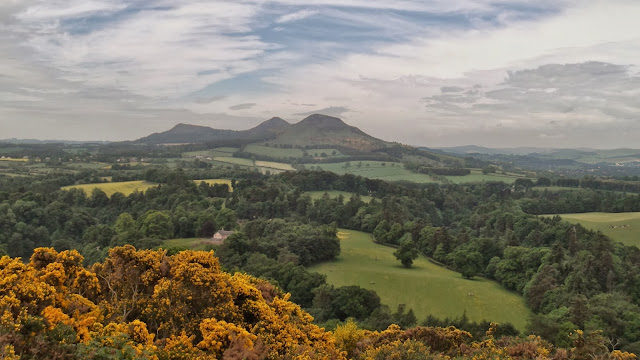Another week has flown by…we are now at the six month
mark – 1/3 of our mission is complete. We will be home next October. Last
week we went to Birmingham, England for some additional training. Our “supervisor” is in Birmingham which is
the Area Office for the Church in the UK.
We left on Tuesday and drove to the Preston Temple and
spent a few hours there. It is a
beautiful area. In Preston there is a
Stake Centre, the Temple, a Church Distribution Centre, a Family History Centre,
and the Missionary Training Centre. (All
the missionaries coming to the UK and Ireland come to Preston for their initial
training.) After a session at the temple
we drove to Birmingham for training that was to begin on Wednesday.

The Preston Temple

Thursday we met a missionary couple who are serving in
Birmingham Employment Centre. We met another
missionary couple who are working in London in the Hyde Park Employment Centre. There was also another couple who attended the
training who are from England and live in the Cambridge area. They work with the Stakes in the Eastern part
of England but are not full time missionaries. It was enjoyable getting to know these other missionaries.
We spent the day on Wednesday learning about the latest
changes that are coming in the structure of Perpetual Education Fund
& Self-Reliance programs. We were called as
Area Welfare Specialists assigned to an Employment Centre. The two couples we met - London and Birmingham - were called as
Self-Reliance missionaries. (The Perpetual Education Fund is not available in
the UK or Ireland.) It was very helpful
to discuss our assignments with others who are doing the same work we are
doing. We spent most of Thursday in training
also. We learned how to improve our presentations
and about a new software program that is being developed to help us find
mentors and coaches for individuals searching for employment. We also learned more about the structure of
the education system in the UK –primary school, secondary school, colleges, and
universities. It is very different than
the structure in the US. Colleges are
not the same as the colleges we know…they are more like additional classes in
high school. It is a complicated system
that maybe I will discuss in a later post.
Thursday afternoon we drove back to Scotland which took
about 6 hours. The traffic around
Birmingham was really heavy...I thought we were back in LA. We both
commented how happy we are to be in Scotland and in the assignment we have. We really have a much more exciting opportunity
than the other employment missionaries.
Fall is definitely here...much wetter weather and the wind has become cold. It blows in off the North Sea. The leaves are changing colours and are almost all off some trees. We went off Daylight Savings Sunday so it is getting dark much earlier. Only a few months ago I was commenting on how light it was at 10:00 p.m. Now it is nearly dark at 4:30 p.m. Winter is coming...





















